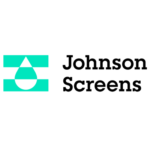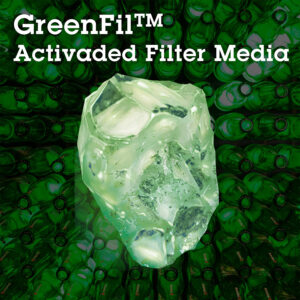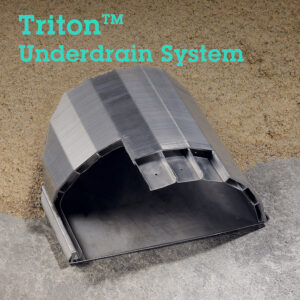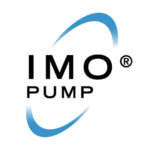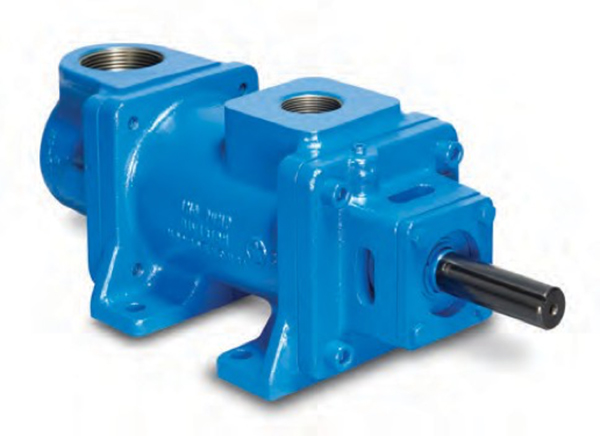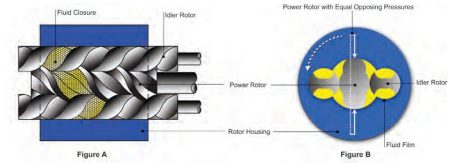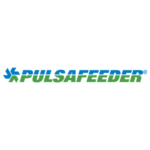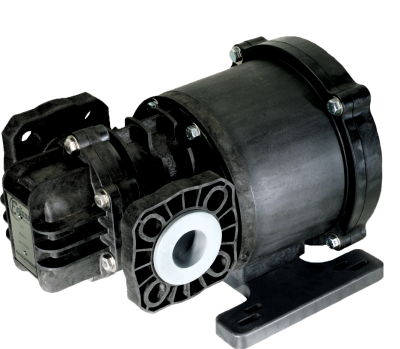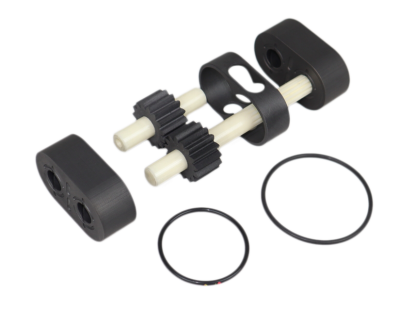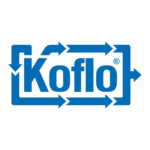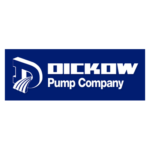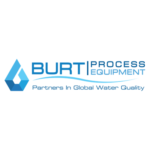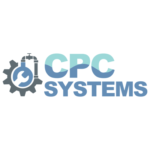We’ve reached the time of year when conferences and events start to ramp up. We’re especially looking forward to hitting the road and taking part in AWWA‘s annual conference and expo, ACE24, June 10-13 in Anaheim. Over 10,000 water professionals from around the country, and around the world, are expected to attend, and water issues and innovations in Southern California and Nevada will be front and center. CPC Co. will be there to share ideas and insights, and will be exhibiting as well.
For this Chatter road trip, the first stop shines a light on activated filtration media and an underdrain system from the leading global provider of screening solutions. Next, it’s time to take a turn and go in-depth on three-screw pump design and operation. At the finish, it’s an accelerated look at an ideal non-metallic gear pump for metering chemicals.
So let’s roll on to the Chatter …
Manufacturer of the Month
JOHNSON SCREENS a brand of Aqseptence Group, is the leading global provider of screening and auxiliary solutions. Their highly engineered and precisely fabricated products and solutions support various municipal applications and industries, including Water Wells, Environmental, Energy, Chemicals, Food and Beverage, Mining, and many more. Because of this, almost every product and object around you was touched by Johnson Screens.
As the original creators of the Vee-Wire® screens, Johnson’s innovative solutions incorporate 120 years of knowledge of the processes where they are used, and a tradition of excellent customer support.
Johnson Screens GreenFilTM activated filtration media is an inert, amorphous aluminosilicate (glass) manufactured by up-cycling post-consumer green and brown glass bottles. GreenFil is verified to at least double the performance of sand filters without the need for additional investments in infrastructure. It inhibits bacteria growth, eliminates clumping, channelling, and passage of unfiltered water while reducing backwash water by up to 50%, and providing predictable, repeatable, and consistent nominal filtration performance over the course of a 10-year-minimum life cycle.
The TritonTM Underdrain System offers maximum surface area to optimize filtration efficiency with minimal headloss and backwash pump power consumption. With a large open area, low headloss, U-shape channel rods and Vee-Wire filtering media support profiles, the Triton Underdrain offers fine slots to suit any filter media specification. Its unique bi-directional flow design provides improved bed fluidization, resulting in better media cleaning. This in turn provides longer filter runs and better water recovery due to lower water requirements for backwash. The Triton™ underdrain system is available in stainless steel and PVC and is easier to install than other underdrain designs.
The Cutting Edge
IMO (part of CIRCOR) three-screw pumps deliver increase reliability, which translates to increased uptime, longer maintenance intervals, and longevity. This also means savings on machinery lubrication, crude oil transport, hydraulic power transfer, fuel oil transport and machine coolant applications.
The modern-day three-screw pump design was invented in 1923 by Carl Montelius who, along with Swedish financier Bengt Ingestrom, founded Imo AB. The pump operates on the same principle of intermeshing screws as the twin-screw pump, but the three-screw design uses a centrally located primary drive screw, or power rotor, which intermeshes with two secondary sealing screws, or idler rotors.
The intermeshing of the threads of these rotors, along with the close fit of the surrounding housing, creates a moving labyrinth seal, which captures the fluid and transports it axially. The enclosed area containing the fluid is referred to as a fluid closure (see Figure A). The pumping element does not pre- compress the fluid, but rather transports it from the suction side of the pump to the discharge port in a smooth, continuous manner. It is the fluid closure concept that provides the three-screw pump with its positive displacement capability.
Symmetrical pressure loading on the power rotor with such small forces eliminates the need for bearings to absorb radial forces. The idler rotors generate a hydrodynamic film providing radial support similar to journal bearings (See Figure B). Axial loads on the power rotor and idler rotors, created by differential pressure, balance them hydraulically with such small forces that they can be handled by a single ball bearing. This dramatically increases the life of the pump and simplifies the service.
Three-screw pumps come in many configurations and sizes, enabling them to serve as a replacement when other pumps are not performing. They can be easily retrofitted into existing systems.
Three screw pumps are ideal for clean, lubricating fluids. Fluid film thickness/operating clearance is typically smaller than that of a twin-screw design, giving higher efficiencies and higher-pressure capabilities than a twin-screw pump, providing that the viscosity is adequate and the fluid is clean enough to avoid disruptions to the internal fluid film.
The simple design of a three-screw pump: just three rotating parts and one shaft seal, offers advantages for a variety of industries and applications. Some of the primary advantages to three-screw pumps include:
- Pulse-free flow with extremely low vibration and noise levels. The pumping element geometry eliminates the requirement for pulsation dampeners often found in systems employing other pumping technologies. Pulsation-free flow allows output condition management that’s critical to a variety of applications, such as precision hydraulic controls and fuel metering for gas turbine atomization.
- Low noise. The rotor profile in the screw pump provides a smooth and continuous output flow that greatly reduces pressure pulsations. The result is lowered airborne, fluid-borne and structure-borne noise, typically less than 75 db(A).
- Higher-pressure boost capabilities, even when handling low-viscosity fluids as low as one centistoke. This advantage is due to the smaller operating clearances than are found with two-screw designs.
- Highly energy efficient design. Tight internal clearances, coupled with a design that allows for minimal input power in relation to output power, results in high energy efficiency.
- Long service life due to non-contacting pumping elements by means of hydro- static and hydrodynamic fluid films, axially balanced rotors, and top-notch metallurgy.
- Excellent suction lift compared to other pump designs with similar output flows. This is due to the small peripheral diameter of the rotors and low axial velocity of the fluid. The three-screw pump has an inherent advantage in negative suction pressure applications, allowing the pumping of higher viscosity fluids at much higher speeds than other pumping technologies.
- Low horsepower consumption while operating on high viscosity fluids. This is due to small peripheral diameters of the rotors and low fluid axial velocities reducing fluid shearing within the pump.
Three-screw pumps can optimize performance and efficiency in a broad spectrum of applications while delivering benefits across a very long lifecycle. With an inherent advantage in negative suction pressure applications, higher viscosity fluids can be pumped at much higher speeds than with other pumping technologies. The pumps’ simple design provides significant maintenance advantages that further enhance their value in critical applications.
Top Three
PULSAFEEDER Eclipse non-metalic gear pumps continue to displace both diaphragm and peristatic pumps for metering chemicals. The fully non-metallic design makes the Eclipse compatible with a variety of chemicals, and it is a perfect choice when dosing sodium hypochlorite. Eclipse is also available in a variety of sizes to meet a wide range of chemical metering demands.
Here’s just three ways the Eclipse gear pump allows you to pump safer, operate smoother and service faster and less often than with traditional metering methods:
- Better Performance – Smooth, pulseless flow means no pulsation dampeners and smaller piping – saving installation cost and complex start-up and service.
- Safer Operation – The mag-drive sealless design means no leaks or chemical exposure for personnel and the environment.
- No Surprises and Easy Maintenance – Predictable maintenance through monitoring flow rate and motor speed can provide advance notice of pump operating condition. Though many Eclipse pumps run for years before needing repair, their front pull-out design means you are up and running like new, in just minutes.
For more information on these, or any of the products and manufacturers we represent, contact the Charles P. Crowley Company by calling 626-856-5656 or by emailing sales@cpcrowley.com.


